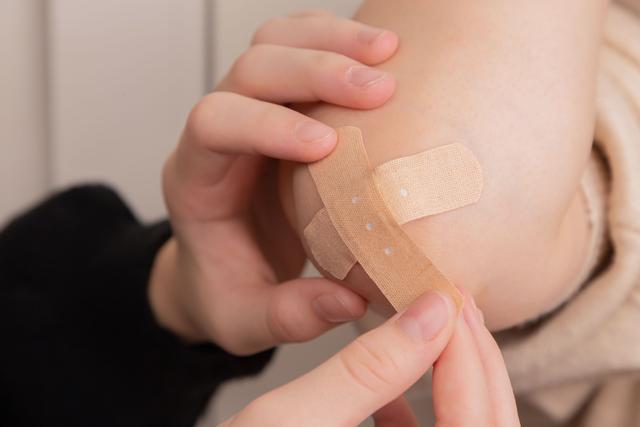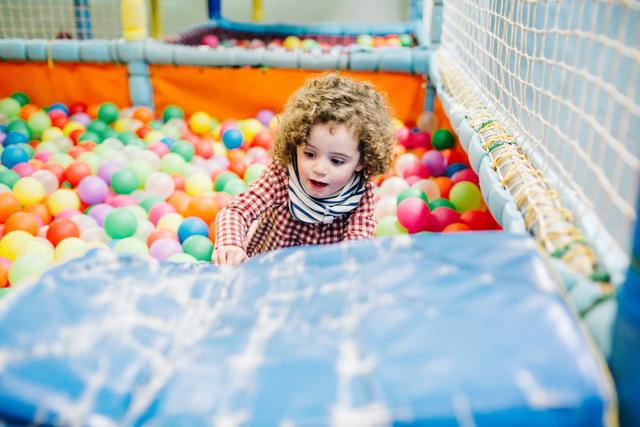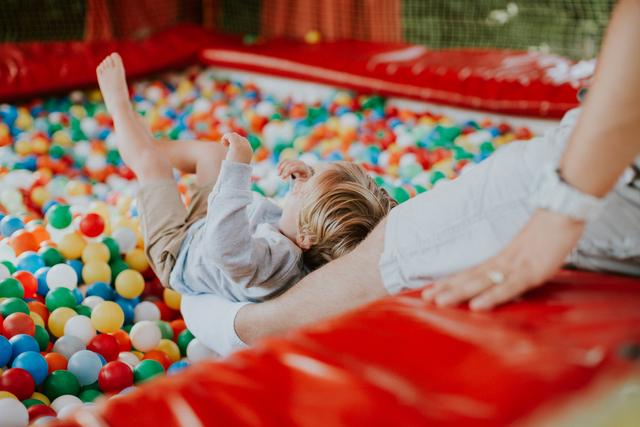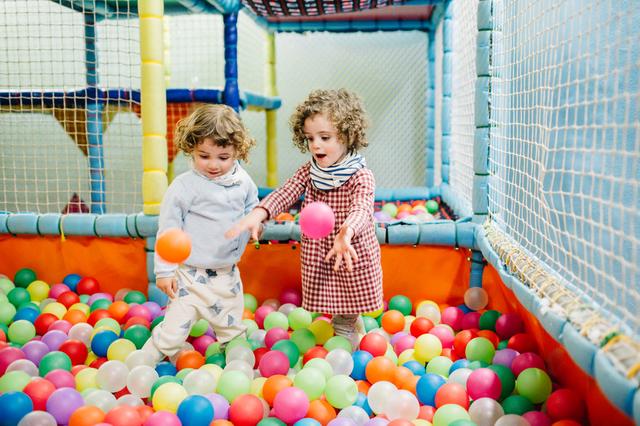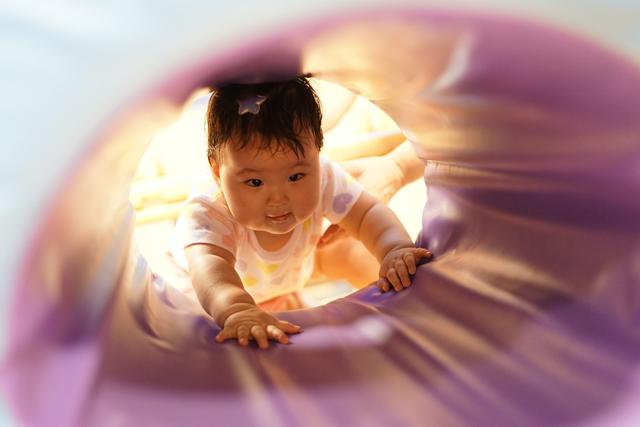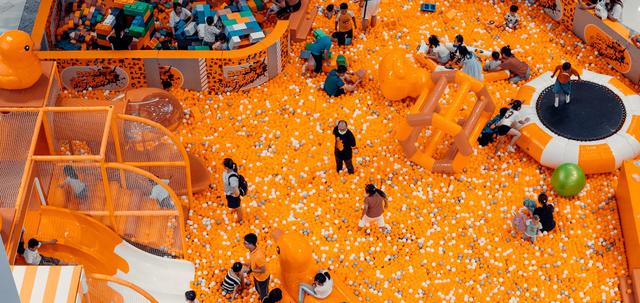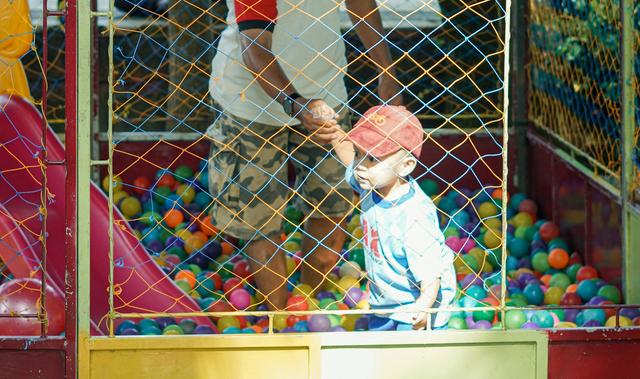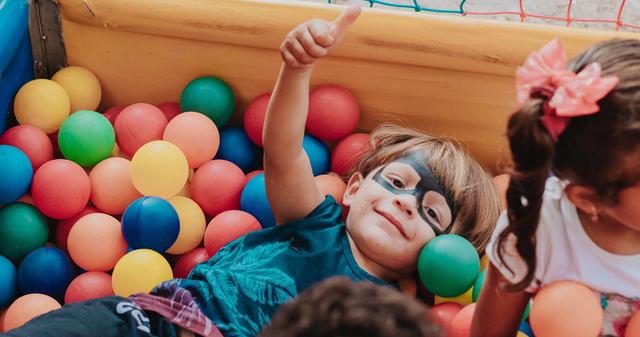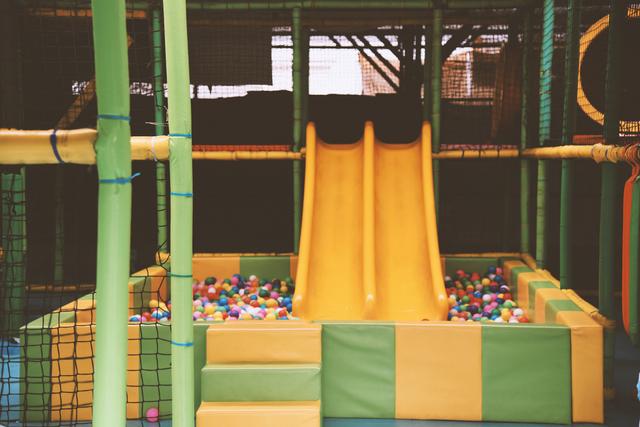Soft play Articles
Soft play For Kids In The UK
Soft play remains a cornerstone for children's leisure and development in the UK, providing a vibrant and engaging experience for young ones to enjoy regardless of the weather. Originating in Europe during the late 1960s, soft play crossed into the UK by the late 1970s, offering a novel indoor play environment that quickly gained popularity. The movement started with simple play structures in cafes and expanded to sophisticated, dedicated centres in cities like London, shaping the childhood experiences of many.
These indoor play areas are specifically designed with safety and stimulation in mind, incorporating a variety of equipment such as slides, ball pits, and climbing frames—all tailored to be soft and thus reduce the risk of injury. The evolution of soft play over the decades has transformed these spaces from basic setups to complex and themed play hubs, featuring interactive elements and varied structures that encourage children to climb, jump, and explore in a physically active environment. This dynamic setup not only entertains children but also stimulates their social and cognitive development as they engage with peers in a controlled and secure setting.
As soft play centres have become more popular, they have also diversified to cater to different age groups and developmental stages, providing specific areas and activities suited to toddlers, preschoolers, and older children. Each centre typically follows rigorous safety standards to maintain a secure environment, and many now incorporate educational elements to further enhance the play experience.
In essence, the landscape of soft play in the UK reflects a commitment to providing interactive, enjoyable, and safe environments where children can freely explore and develop essential skills through play.
The Benefits of Soft play
Soft play is a dynamic activity that offers multiple health benefits for children, facilitating integral physical and social development. Engaging in soft play allows children to enhance their gross motor skills through various physical activities including crawling, climbing, and jumping. This not only encourages an active lifestyle but is crucial for muscle development, coordination, and overall physical fitness. These activities provide a safe environment for children to burn calories and excess energy, which is essential for maintaining a healthy weight and preventing obesity.
Moreover, soft play areas are a social hub for children. These environments naturally foster interaction and collaboration among peers, which is vital for their social learning. During play, children negotiate roles, follow shared rules, and develop empathy, all of which are important components of social development. They learn to communicate, share, and resolve conflicts, building friendships that can support emotional health and confidence. Consequently, soft play contributes significantly to the holistic health of children, making it an invaluable component of their regular activities.
FAQs
What age is appropriate for soft play?
Soft play is suitable for children of all ages, from toddlers to pre-schoolers and primary school children. However, some soft play centres may have age restrictions or specific areas designated for different age groups to ensure safety and appropriateness of the activities.
Is soft play safe for my child?
Yes, soft play areas are designed to be safe and controlled environments where children can explore and play. Facilities are equipped with padded materials and structures are built with child safety in mind. Nonetheless, it is crucial for parents to supervise their children and follow the centre's safety guidelines to ensure a secure experience.
What should my child wear to soft play?
Children should wear comfortable, flexible clothing that allows easy movement for climbing, jumping, and crawling. Footwear should ideally be socks or soft shoes, as many centres require these to maintain cleanliness and protect the equipment. Avoid clothes with cords or loose accessories that could catch on equipment.
Can I bring my own food to soft play?
Policies on outside food can vary by centre. Some venues might allow you to bring your own snacks, especially for children with specific dietary needs, while others might provide food services and restrict external food due to health and safety policies. It's best to check directly with the venue ahead of your visit.
How much does it cost to take my child to soft play?
The cost of visiting a soft play centre can vary widely based on the location, the size of the facility, and the amenities offered. Prices can also depend on the time of day and week. Many centres offer a variety of payment options, including pay-as-you-go, memberships, and discounts for multiple children or frequent visits. Checking with the specific centre for precise rates and any available promotions or discounts is advisable.

